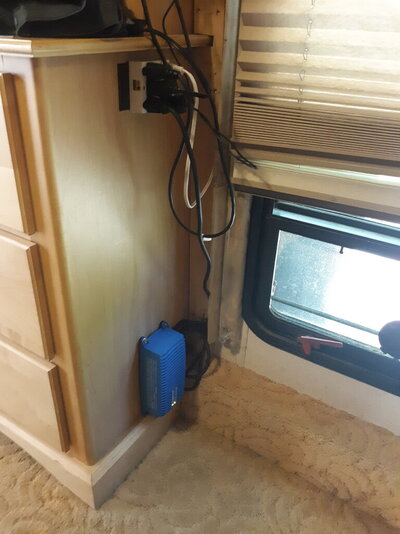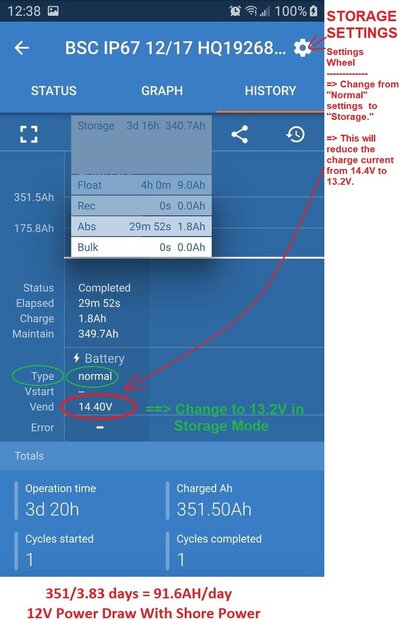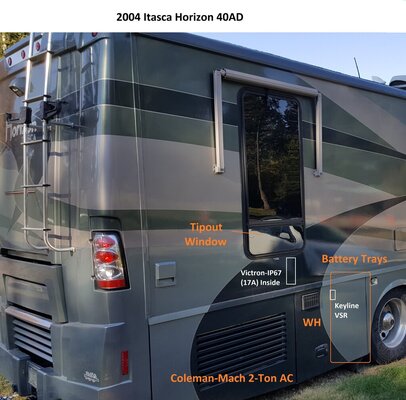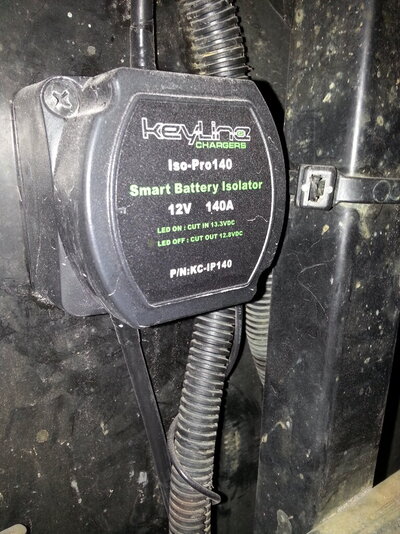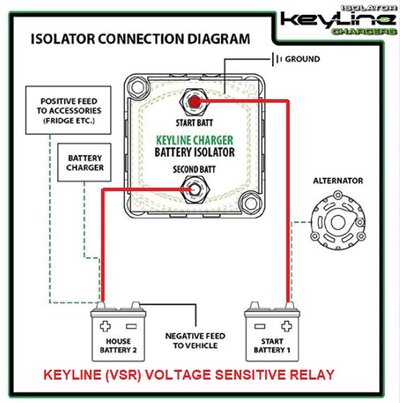I recently bought a used class c Jayco that had solar panels and Lithium batteries installed. I know that it's unwise to simply use the stock battery combiner (my phase) to allow the starting battery to be charged from the solar panels since the Lithium batteries charge at a higher voltage and a lead acid battery wouldn't be happy with long term charging at that voltage level. The combiner isn't being used at this time. I know that there are devices that will allow the alternator to charge the Lithium batteries but I haven't seen the reverse.
I'd pop in a buck converter except they usually require a voltage difference of 2 volts between load and source. So what does one do to keep the starting battery up? The previous owner used a portable 25 watt solar panel and controller. I'm looking for a better solution.
Thanks,
Jim.
I'd pop in a buck converter except they usually require a voltage difference of 2 volts between load and source. So what does one do to keep the starting battery up? The previous owner used a portable 25 watt solar panel and controller. I'm looking for a better solution.
Thanks,
Jim.

